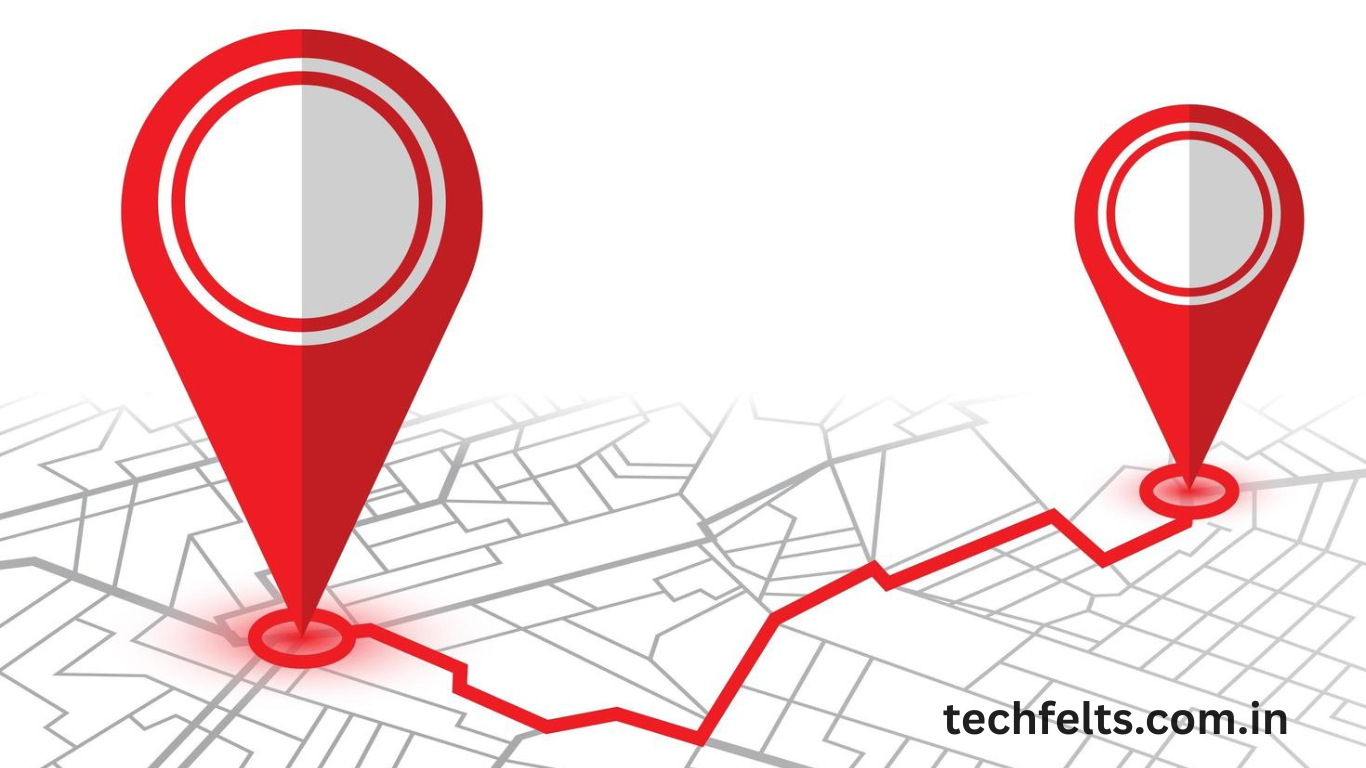GPS technology is an essential part of our daily lives. Yet, many people don’t fully understand what GPS is or how it actually works behind the scenes. GPS, short for Global Positioning System, is a satellite-based navigation system developed by the U.S. Department of Defense. It has evolved into a global tool used in everything from smartphones to airplanes. This guide breaks down how GPS works, its key components, and why it’s so crucial in today’s connected world.
What Is GPS and Who Invented It
GPS stands for Global Positioning System. It was originally developed by the U.S. military in the 1970s and made fully available to the public in the 1990s. It uses a network of satellites orbiting the Earth to provide location and timing information to receivers worldwide.
How GPS Satellites Communicate With Devices on Earth
At least 24 GPS satellites orbit the Earth and continuously transmit signals. GPS receivers, like those in smartphones or car navigation systems, use these signals to calculate their exact location using a method called trilateration. The more satellites the device connects with, the more accurate the location.
Understanding Trilateration and How It Determines Location
Trilateration is the method GPS uses to find a location by measuring the time it takes for signals from multiple satellites to reach the GPS receiver. By knowing the distance from at least three satellites, the receiver can pinpoint a 2D location; four or more satellites provide a 3D position, including altitude.
Main Components of the GPS System
The GPS system consists of three key components: the space segment (satellites), the control segment (ground stations), and the user segment (receivers). Together, these ensure global coverage, satellite monitoring, and precise location data for users on Earth.
Read More : How to Turn Off Voicemail on Android- A Complete Guide 2025
Everyday Applications of GPS in Different Industries
GPS is not just for maps—it’s used in precision agriculture, logistics for tracking shipments, aviation for navigation, and even wearable devices for health and fitness tracking. It also plays a crucial role in emergency response and military operations.
How Accurate Is GPS and What Affects Its Precision
Under ideal conditions, GPS can be accurate within 5 meters or better. Factors such as atmospheric interference, signal blockage from buildings or trees, and satellite geometry can impact this accuracy. Advanced systems like DGPS (Differential GPS) can further enhance precision.
Frequently Asked Questions
What does GPS stand for?
GPS stands for Global Positioning System, a satellite-based navigation tool developed by the U.S. government.
How many satellites are needed for GPS to work?
To determine your 3D position (latitude, longitude, and altitude), you need at least four satellites.
Is GPS free to use?
Yes, GPS services are freely available to the public worldwide without subscription or usage fees.
Can GPS work without the internet?
Yes, GPS works independently of internet connections. However, apps may use internet data to load maps.
How accurate is GPS on a smartphone?
Smartphones generally offer GPS accuracy within 5-10 meters, depending on conditions and sensor quality.
What’s the difference between GPS and GNSS?
GPS is a type of GNSS (Global Navigation Satellite System), which includes other systems like Russia’s GLONASS and Europe’s Galileo.
How does GPS help in emergencies?
GPS enables precise location tracking, aiding emergency responders in finding individuals quickly and efficiently.
Can GPS be used indoors?
GPS signals are weak indoors, but assisted GPS (A-GPS) and Wi-Fi-based location services can help improve accuracy inside buildings.
Conclusion
GPS is a powerful technology that quietly powers many aspects of modern life, from navigation to safety. By understanding how it works and where it’s used, we can better appreciate the precision and convenience it offers. Want to explore more tech innovations? Stay tuned for future guides and insights.

